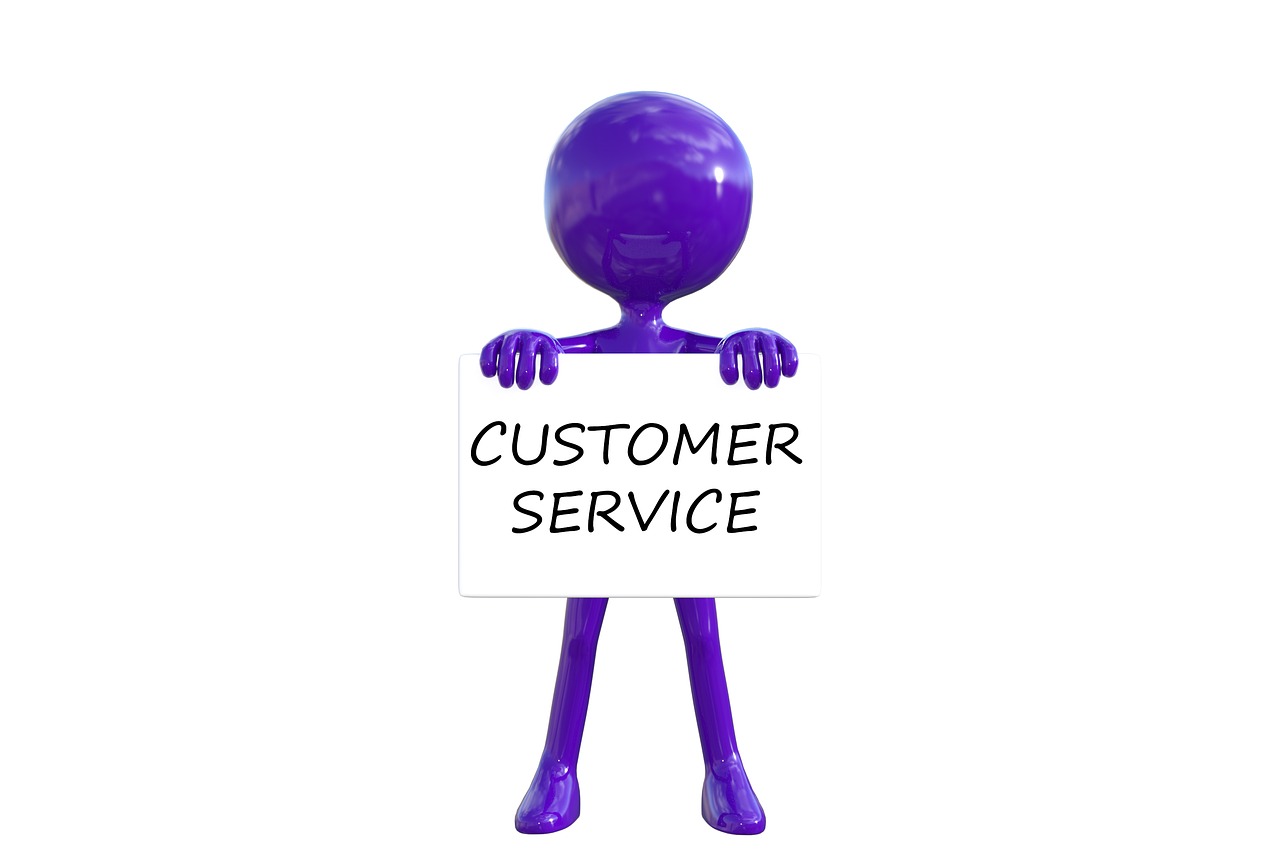6 Things You Need to Know about Selling Online
Selling online is great way to jump-start your ‘Net business or make a little extra income, but merchants need to avoid these common new-seller pitfalls or risk getting cut off from these potentially valuable online marketplaces.
You can earn a great deal of revenue as an online seller if you understand that it takes time, energy, effort and streamlining to get there.
Below are a few things you should keep in mind when selling your products or rendering services online:
1. Don’t expect overnight results
Online entrepreneurs have spent years developing trust with their customers, building customer mailing lists and earning repeat customers.
Entering a new marketplace, you will have little or no feedback or reviews, and buyers are more cautious with a new, unproven seller. Don’t expect to get an immediate rush of customers and sell out in a day.
Nobody makes a million dollars overnight. It takes perseverance, patience and testing to become successful selling online.
2. You must reinvest to grow
If your initial investment is $1,000 and you “make” $1,500, you are left with only $500 to either pay yourself or reinvest.
It’s critical to set goals and reinvest your profits back into your business until you achieve those goals.
While you need to pay yourself enough to survive, initially having adequate inventory and sourcing additional products is a high priority.
Before you begin selling, determine your goals and reinvest until you reach a specific milestone. Disbursing your profits should only be done when you are able to purchase and restock comfortably.
3. Document your process.
Online sellers do not perform the same tasks every day, and it’s important to document processes to ensure that you don’t have to relearn a task that you learned a month ago.
For example, a seller may only take pictures once a month, and having your camera setting, lighting and uploading process documented prevents you from having to “relearn” each time.
Eventually, you can archive your notes, but initially, you’ll want to document everything to save time in the learning curve and make it quicker to have employees take over.
4. Have a backup plan.
It’s important for new sellers to have a backup plan in place in case you are unable to fulfill orders, upload tracking numbers or reply to customer emails.
Your buyers and the marketplace(s) you sell on don’t care if you are running a fever and can’t get out of bed to send a package. They don’t care if your kitchen gets flooded or your Internet connection is taken out by a storm.
Since it’s not unreasonable to think you may become ill or be otherwise indisposed at some point during the year.
Having a partner who can assist when you are unavailable can be a business-saver. If you’ve documented your processes, someone can “take over” the priority tasks.
5. Understand your competition.
It is important as an online seller to do some competitive research.
Much of e-commerce is price-based and you’ll want to make sure you can price your items competitively.
It will be difficult to compete against another seller who is selling your widget for less than you pay wholesale, so it’s critical when you source to make sure you can be competitive.
Taking time to view your competition critically will give you insights into how you should (or should not) price and market your items. This goes back to understanding your costs and should be done before you order your inventory.
6. Automate to grow.
There is a school of thought that you need to grow your business before you can automate your business.
However, you can’t grow your business when you are so bogged down with repetitive tasks that you have no time to think, let alone source new products or invest time in methods that will increase your sales.
Bottom line is, unless you automate, you will be held back from growing. Investigate services that provide automation tools for sellers and look for the types of automation that can serve as your “second” employee, such as automating tracking numbers, sharing inventory across marketplaces, automating feedback and customer communications.




